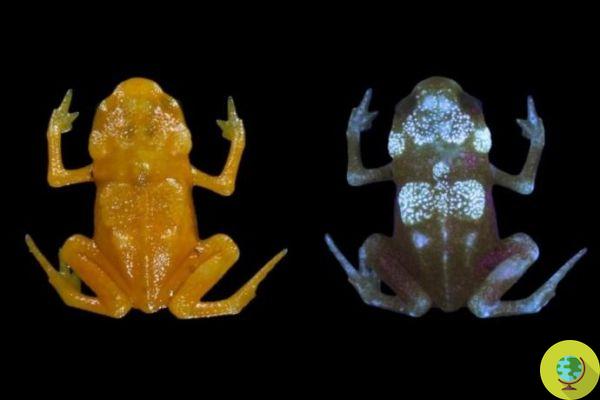
Frogs are in serious danger of extinction. Extinction rates have changed over time, under the influence of environmental factors such as pollution that have altered our planet's ecosystems.
He is about to end up run over, his mother saves him
Le frogs they are in earnest risk of extinction. Extinction rates have changed over time, under the influence of environmental factors such as pollution that have altered our planet's ecosystems.
If extinction rates continue to rise relentlessly, hundreds of frog species could be lost within the next century. The study in question was published in PNAS, the journal of the United States Academy of Sciences.
Researchers from the Department of Biological Sciences at Macquarie University in Australia set out to investigate the phenomenon, under the guidance of John Alroy, professor and author of the study. Experts analyzed international data on the decline in frog populations to deepen their research.
In this way Alroy highlighted that in the world 200 out of 6355 frog species have disappeared in the 30-year period between 1960 and 1990. In the next two centuries, with the current percentages, in his opinion, we could reach a real mass extinction.
According to the researchers' estimates, which are nonetheless conservative, within the next 100 years, 6,9% of current frog species will be extinct. Global warming could contribute to the decline of frog populations but losses can also be caused by the introduction of invasive species, habitat destruction, pollution and the spread of a fungus called BD (Batrachochytrium dendrobatidis).
The largest losses of frogs occurred in Brazil and in Central America where the populations of these animals have been devastated by the BD fungus. The disappearance of frogs in New Guinea could instead be attributed to deforestation.
Many of Australia's 230 frog species are endangered, which is a serious concern for experts. The findings from the study are actually not that surprising to experts who have long been aware of the fact that frogs are particularly vulnerable animals. One more reason why humanity should take action to protect them.
Marta Albè
Photo source: Popsci
Read also:
The tunnels that help toads and frogs cross the road
Bat-toad: a new species of amphibian?
The rain frog drives the web crazy with its cry


























